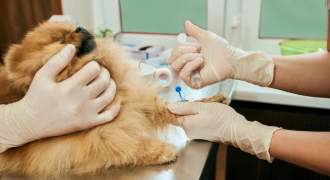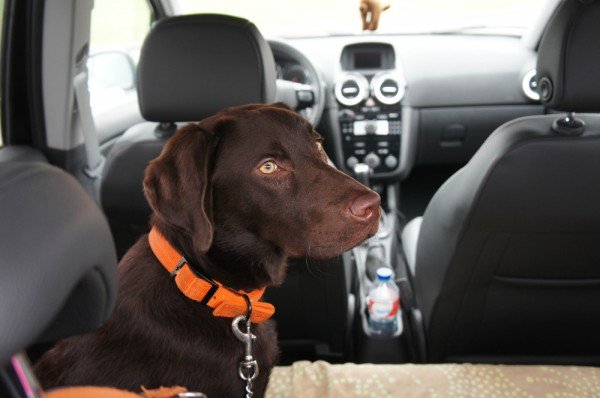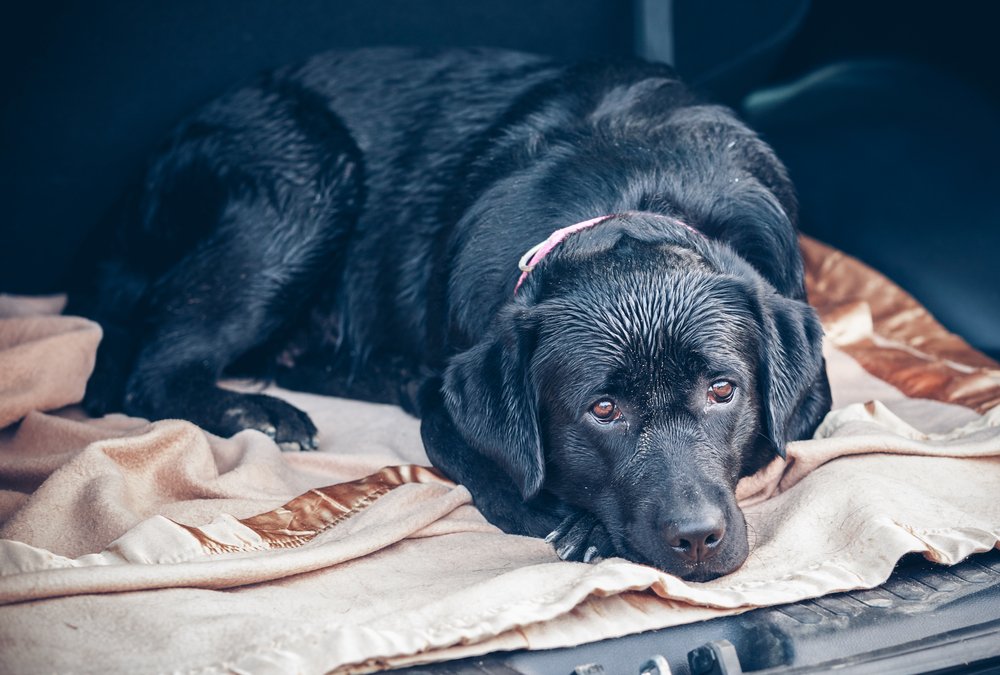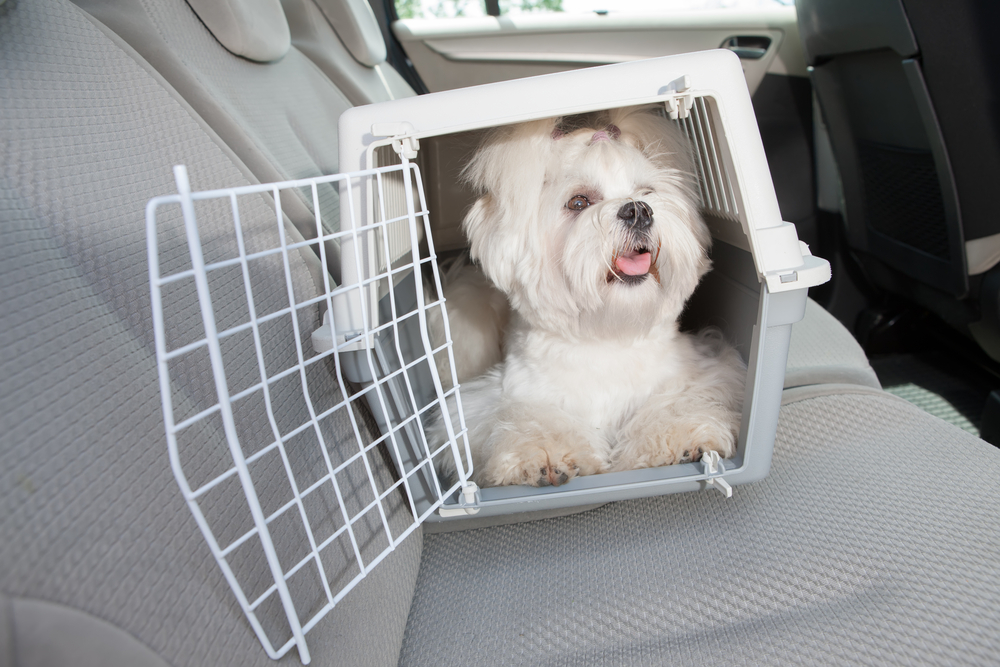
Why is it so important to keep on top of your dog&...
When you first have a tiny puppy to protect, vaccinations are at the forefront of your mind; you do everything you can to protect ...
19 May 2021
Read More
It doesn’t matter whether you are visiting friends or taking a well-earned weekend away, escaping the humdrum needn’t mean leaving your doggy behind.
Of course getting away from it all usually requires travel. So behold seven pearls of wisdom that will help make light work of any motorway travel with dog dilemmas.
It’s best to avoid disrupting your pup’s normal feeding schedule, so try to set off two or three hours after Fido has feasted. The aim of the game is to allow time for your pooch’s stomach to settle. A car sick passenger is no fun, two legs or four.
If that doesn’t fit your schedule, it’s okay to feed your dog on your journey. But find somewhere to stop and let your pup eat from their normal bowl. Dish out a smaller portion than normal and allow thirty minutes or so before resuming your journey.
Oh and you don’t need reminding to make sure any calls of nature are answered before you get moving, do you?
You want your pooch to be comfy, hey? Besides, a little familiarity goes a long way.

On short journeys dogs get excited. On long journeys dogs get bored. And boredom is one of the biggest causes of misbehaviour. Pack some distraction. One or two of your pup’s favourite chew toys – or a long-lasting, treat-dispensing toy – should keep mind and mouth occupied during the long miles. Word of warning? It’s probably best to leave the squeaky toys at home. After 100 miles it might just begin to grate.
Crating your dog can be a divisive issue among owners. But it’s worth remembering that your pup is unlikely to mind. And when it comes to motorway travel with dog in the back, it’s an important safety measure – for both of you. Alternatively you could consider a doggy safety belt. Either way it’s safer than having your pup roaming the backseats while you’re driving at 70mph and trying to concentrate.

You need a break from the road, so does your dog. You need to stretch your legs, so does your dog. You need to answer the call of nature, so does…you get the picture. Do each other a favour and make time for a walk or two during your journey.
But hang on. The hard shoulder is a no-go. And the service station car park isn’t exactly exhilarating. How do you find a walk you will both enjoy, beside the motorway, in a county you’ve never visited? Ah, the wonders of the www.
When you are driving long distances, you need to keep your batteries charged. Driving on an empty stomach is no fun and not very smart. No matter where you are in the UK, you can find a tasty bite to eat in a pub that will welcome both you and your four-legged companion using either of these websites. The friendliest of pooch-friendly pubs will even offer a bowl of water and some biscuits for weary pups. Perfect.

For really long motorway trips, you might want to schedule a stopover to break up the journey. But before you resign yourself to an uncomfortable night in the car, you should know that there are hundreds of dog-friendly campsites, hotels and really fancy hotels where you can enjoy a far more peaceful night’s rest. Zzz.
To find more and to understand if your dog may be suffering from travel sickness see our infographic: 7 SIGNS YOUR DOG MAY BE SUFFERING FROM MOTION SICKNESS
Disclaimer: The information in this post is the opinion of the writer and not that of Zoetis UK Limited. Clinical information provided on this site is intended solely for educational context and is not a substitute for the views, advice and recommendations of a veterinarian. For advice on animal health, please consult a veterinarian.

When you first have a tiny puppy to protect, vaccinations are at the forefront of your mind; you do everything you can to protect ...
19 May 2021
Read More
Dogs with arthritis can have good days and bad days, much like their human counterparts, and with any chronic condition there may ...
09 February 2021
Read More
Arthritis is a progressive, and painful disease affecting one or more joints.
09 February 2021
Read More